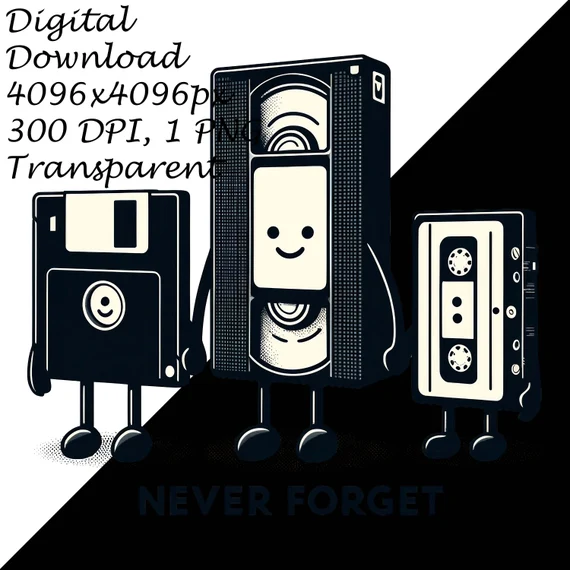
The Vanishing Magic of Technology
There was a time when turning on a computer or connecting to the internet felt like stepping into the future. The sound of a dial-up modem was more than noise—it was a gateway to a new world. Each technological leap used to fill us with wonder: the first flip phone, the first MP3 player, the first email we ever sent. But as innovation accelerates, that sense of excitement has dulled. The extraordinary has become expected, and what once amazed us now barely holds our attention for a week.
This phenomenon—tech nostalgia—isn’t just wistfulness for old gadgets. It’s a longing for the sense of discovery that technology used to give us, before the world became saturated with devices that update themselves overnight and replace their predecessors before we’ve even learned to use them fully.
When Innovation Was a Moment
In the 1990s and early 2000s, every new gadget carried a story. Owning a Walkman meant freedom to choose your soundtrack. The arrival of the iPod wasn’t just about music—it changed how we thought about personal technology. The flip phone made communication feel futuristic, while the first smartphones redefined what “connected” meant. Each new product represented a visible step forward in human creativity.
Today, those steps are smaller and quieter. The latest smartphone might have a slightly sharper camera or a marginally faster processor, but the leap doesn’t inspire awe—it just feels routine. In our race for efficiency and performance, we’ve traded novelty for normalization.
The Emotional Connection to Old Tech
Old devices weren’t perfect, but they had character. The tactile click of a keyboard, the whir of a VHS player rewinding, or the deliberate act of loading a video game cartridge—all of it made us more mindful of our interactions with technology. There was effort involved, and that effort created emotional investment.
Compare that to the seamless, invisible nature of today’s tech. Our devices update in the background, store our memories in the cloud, and “just work.” But in making things frictionless, we’ve also removed a sense of participation. We no longer do things with technology; we merely use it.
The Lost Thrill of Discovery
One of the biggest casualties of this normalization is the thrill of discovery. When everything is instantly accessible, the satisfaction of finding something new diminishes. Early internet users remember browsing random websites, stumbling upon quirky pages, or exploring chat rooms full of strangers from around the world. That messy, human, unpredictable side of technology has largely been replaced by curated feeds and algorithmic predictions.
Tech nostalgia reminds us that part of what made the early digital era exciting was its imperfection. It wasn’t optimized, but it was ours to explore. We learned by trial and error, and that process gave us ownership of the experience.
Why Nostalgia Matters
Nostalgia isn’t just sentimental—it’s instructive. It reminds us that technology isn’t only about speed or convenience, but about connection, creativity, and curiosity. When we miss the “old” way of doing things, we’re often missing the sense of meaning those experiences gave us.
As AI assistants, smart devices, and automation continue to shape our lives, it’s worth pausing to remember that progress doesn’t have to erase wonder. We can design technology that not only serves us but also inspires us—technology that reintroduces friction, surprise, and emotion into our digital routines.
Reclaiming the Magic
The challenge now is to rediscover that sense of engagement in an age of constant updates. That might mean slowing down: tinkering with devices, learning how software works under the hood, or revisiting “obsolete” technologies that still spark joy. Vinyl records, film cameras, and retro gaming consoles all endure because they reconnect us to a slower, more deliberate relationship with our tools.
Tech nostalgia doesn’t mean resisting innovation—it means remembering that the joy of technology lies not in the devices themselves, but in how they make us feel. When every new device becomes “normal,” it’s up to us to keep the wonder alive.
Leave a Reply